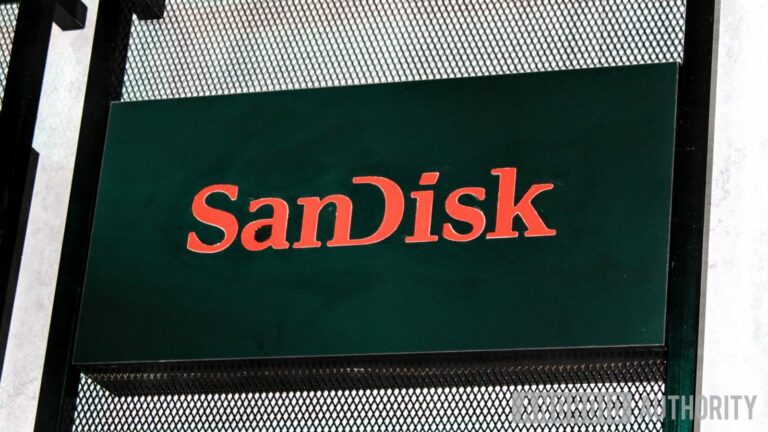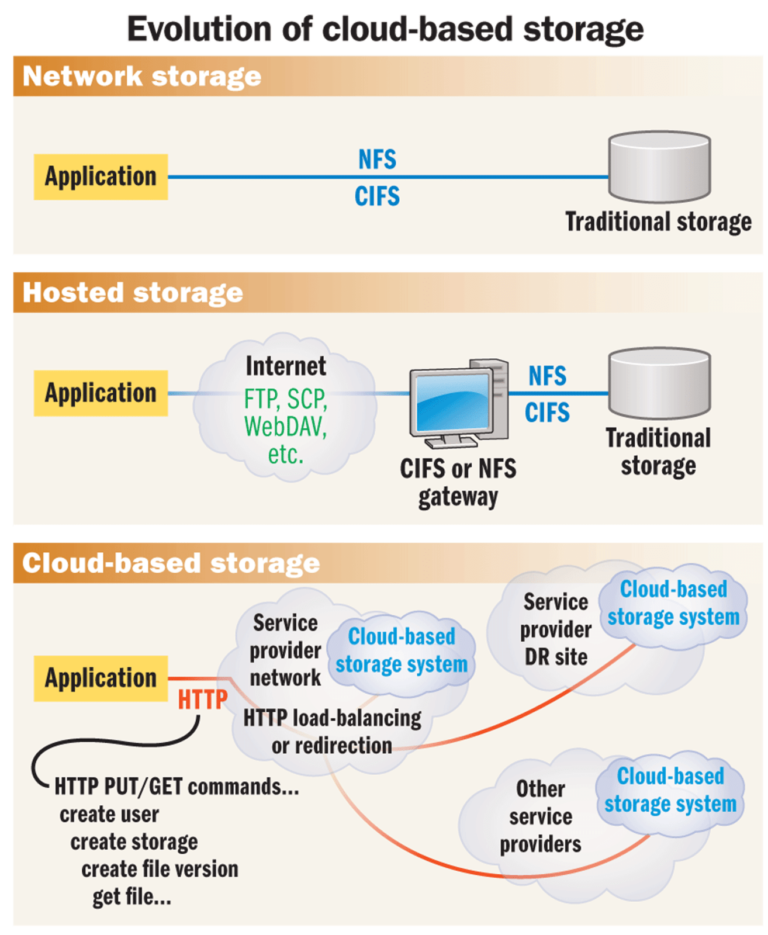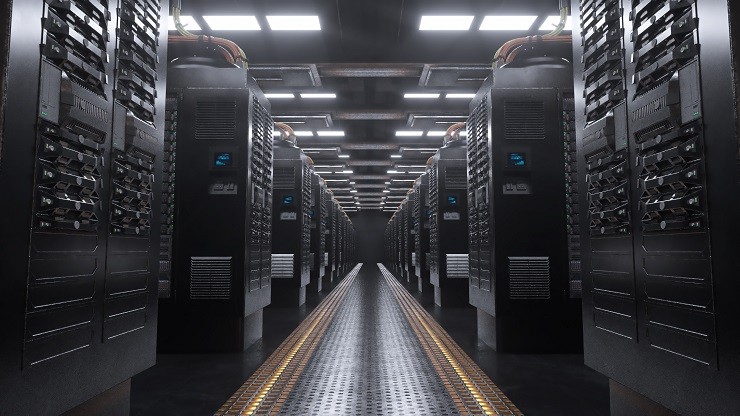Formerly known as “Project Lighting”, VFCache is a hardware and software combo that brings the quick data retrieval attributes of flash chips closer to — technically within — the boxes tasked with crunching the data that keep IT shops humming.
On the hardware side is a half-height, half-height PCIe card that packs 300GB of 34nm single-level cell (SLC) NAND storage. Sound familiar? That’s because it is essentially the model used by Salt Lake City-based startup Fusion-io, whose chief scientist is none other than Apple co-founder Steve Wozniak. Fusion-io made a splash when it landed Facebook as a customer — its biggest — and inking OEM deals with the likes of Dell, HP and IBM.
Imitated But Unlikely Flattered
Apart from validating its business strategy, Fusion-io will not likely welcome EMC’s encroachment. According to analysts at International Strategy and Investment Group, VFCache “is in direct competition with industry leader Fusion-io.” And EMC is signaling that the company is looking beyond “edge case” deployments by social networks and web services, the kind that has come to describe Fusion-io’s highest profile customers.
True to its penchant for business computing, EMC is targeting “mainstream mission-critical applications such as Microsoft, Oracle and SAP,” luring IT execs with the promise of faster, more responsive database, e-mail and online transaction servers.
That promise entails an up to a three-fold improvement in throughput performance and 60 percent less latency in Microsoft SQL Server and Oracle database environments versus traditional architectures. Much of it is due to NAND flash’s inherent quickness. As per EMC, VFcache cards are capable of random 4K read and write speeds of 750,000 IOPs and 91,000 IOPS, respectively, and they can deliver 4,000 times faster data access than an enterprise-grade 15K hard drive. But fast hardware only part of the story.
Recipe FAST Servers
Another aspect of VFCache is software. There’s the intelligent caching software that governs the card, but more integral to EMC’s strategy of targeting mainstream enterprises is compatibility with Fully Automated Storage Tiering (FAST) and data deduplication.
FAST integration allows VFCache cards to work in concert with arrays that support the storage tiering tech. According to EMC, the company has shipped 1.3 exabytes under the FAST banner and classifies it as one of its “fastest-growing storage software products.” However, it’s the prospect of deduplication support that stands to overshadow FAST compatibility, at least for IT execs struggling with ballooning storage infrastructures.
After Lightning, Thunder
EMC plans to build on its newfound flash momentum next quarter with an early customer access program for “Project Thunder.”
According to EMC, the company is planning a “dedicated server networked Flash-based appliance.” It sounds like another startup, this time Violin Memory, which makes all-flash arrays, has found itself in EMC crosshairs.






